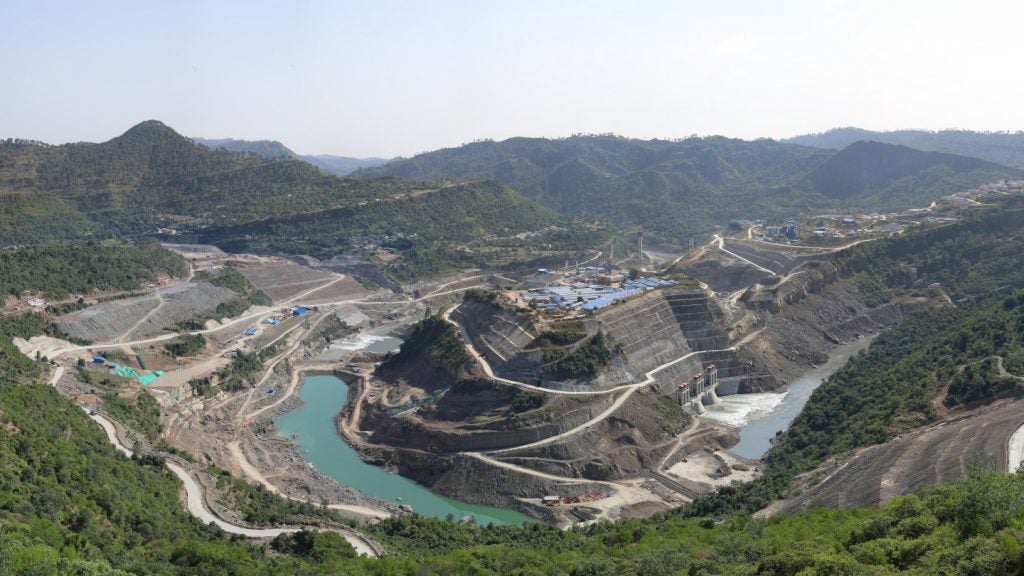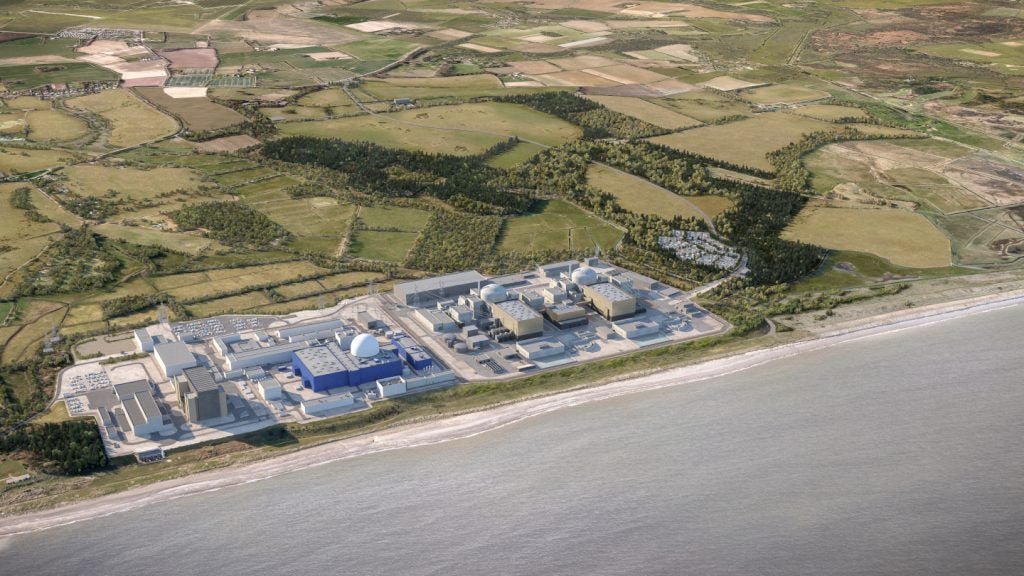Japan’s Kashiwazaki-Kariwa nuclear station is the largest rated nuclear power station in the world. It escaped major damage from the earthquake that hit it on 16 July 2007. A follow-up fact-finding mission by IAEA in February 2008 reported ‘no significant damage’ to safety equipment.
With seven reactors generating 8,212MW, the station owned and operated by the Tokyo Electric Power Company (TEPCO) can provide electricity to 16 million households.
The 4.2km² site is located in the Niigata Prefecture city of Kashiwazaki and the town of Kariwa, approximately 135 miles north-west of Tokyo, on the coast of the Sea of Japan.
Kashiwazaki-Kariwa is the world’s fourth-largest electric-generating station behind three hydroelectric plants, including Itaipu on the Brazil-Paraguay border, Three Gorges Dam in China and Guri Dam in Venezuela.
Similarly to all power plants in Japan, Kashiwazaki-Kariwa was built to strict earthquake-resistance standards. However, the 2007 earthquake caused the plant to leak radioactive substances into the air and water. The plant, which had been operating since 1985, was closed until safety checks following the earthquake were completed. The plant was reopened in May 2009.
TEPCO and Toshiba signed a memorandum of understanding (MoU) to jointly form a new company to construct the safety precautions at Unit 6 of the Kashiwazaki-Kariwa power station in June 2020. The new company KK6 Safety Measures Joint Venture is scheduled to start full-scale operation in July 2020.
Units 6 and 7 are the first boiling water reactors (BWRs) to comply with the revised regulatory standards recommended by the Japanese Government. The upgrade of safety measures at the two units is expected to be completed by December 2020.
In June 2020, Tepco submitted an application to the Nuclear Regulation Authority for approval to amend the safety regulations for the large building for Unit 7 reactor building.
Kashiwazaki-Kasiwa Reactors
Kashiwazaki-Kariwa has seven conventional nuclear reactors, each with an average output of 1,067MW and a power rating of 1,100MW. Work on the first reactor began in 1980, which came online in 1985. The last one came into operation in 1994.
In 1996 Kashiwazaki-Kariwa became the first plant in the world to employ an advanced boiling water reactor (ABWR) for commercial use. The ABWR designed by General Electric is a Generation III reactor and has an average output of 1,315MW and a power rating of 1,356MW.
Another ABWR was opened in 1997. All reactors use low-enriched uranium as nuclear fuel.
In 2002, the reactors were shut down after data from the plant was found to be deliberately falsified. Units 1 to 3 were taken offline for the whole of the 2003 fiscal year.
The earthquakes
Japan sits on top of four tectonic plates and is one of the world’s most earthquake-prone countries. As a safety measure, four storeys of the plant’s foundations are fixed underwater into a layer of sturdy bedrock and sand.
In October 2004, an earthquake measuring 6.9 on the Richter scale struck the Niigata Prefecture, killing 40 people and damaging 6,000 homes.
Kashiwazaki-Kariwa withstood the tremor well. All reactors continued to work as usual during the quake, although one was forced to close during an aftershock when a trip signal was activated.
In July 2007, another earthquake struck Niigata. Measuring 6.8 on the Richter scale, the quake killed 11 people, left 1,000 injured and destroyed 300 buildings. It significantly exceeded the level of seismic activity for which the plant was designed and, this time, Kashiwazaki-Kariwa did not hold up so well.
Although all reactors that were running were shut down, a fire burned in an electrical transformer for two hours, pipes burst, drums of nuclear waste toppled over and 1,200l of contaminated water escaped into the sea.
Revised in September 2008, the Seismic Guide states that it is not advisable to continue operations at the nuclear power plant located at the Kashiwazaki-Kariwa site. This is because the equipment and facilities, including the reactor pressure vessel, the reactor internals, piping and the containment vessel exceeded the elasticity limit due to the earthquake force. It is said that minimal operation of the equipment may lead to plastic deformation, a condition where cracks may occur.
Despite all the controversies, the plant gained approval for a restart.
Earthquake aftermath
Despite TEPCO reportedly wanting to re-open Kashiwazaki-Kariwa the day after the earthquake, the Trade Ministry and the Mayor of Kashiwazaki ordered the plant to remain closed until the relevant safety checks could be completed.
In August 2007, investigators from the International Atomic Energy Agency (IAEA) carried out a four-day (6-10 August) inspection of the site. They concluded that the plant’s safety measures performed well during the quake and damage to the environment was limited.
Kashiwazaki-Kariwa remained closed until further safety checks were completed and the plant’s safety could be guaranteed. To compensate for the shut down of the plant, TEPCO was forced to run a natural gas plant.
This made Japan increase demand for fuel and the price in the international market. It also led to an increase in carbon dioxide output, which affected Japan’s ability to meet the Kyoto Protocol. It is a protocol on Climate Change (UNFCCC or FCCC), to the United Nations Framework Convention, aimed to withstand global warming.
Restart
It took 16 months to upgrade all seven reactors. Later, the system safety tests were carried out on that reactor. Reactor unit 7 got National Government and Regulators approval by 19 February 2009 and TEPCO applied to the local government to restart unit 7.
In May 2009, the local government gave approval and unit 7 was restarted. On 19 May 2009, unit 7 supplied the electrical grid, with power at 20%. Then, on 5 June 2009, the reactor was raised to 100% power as part of a series of restart tests.
On 26 August 2009, unit 6 was restarted and on 31 August it was reconnected to the grid.









